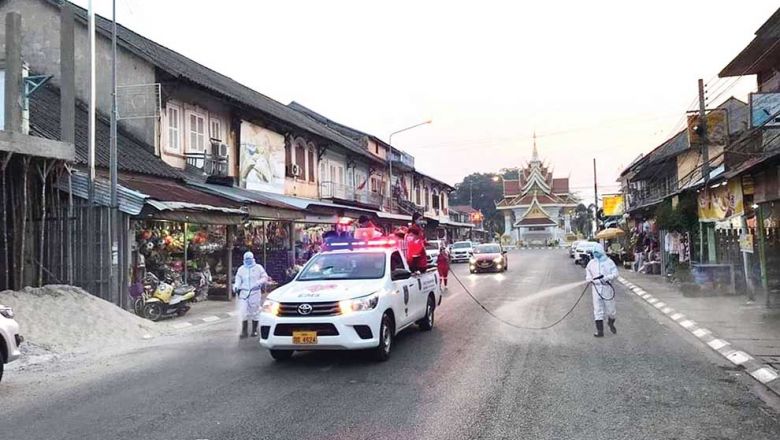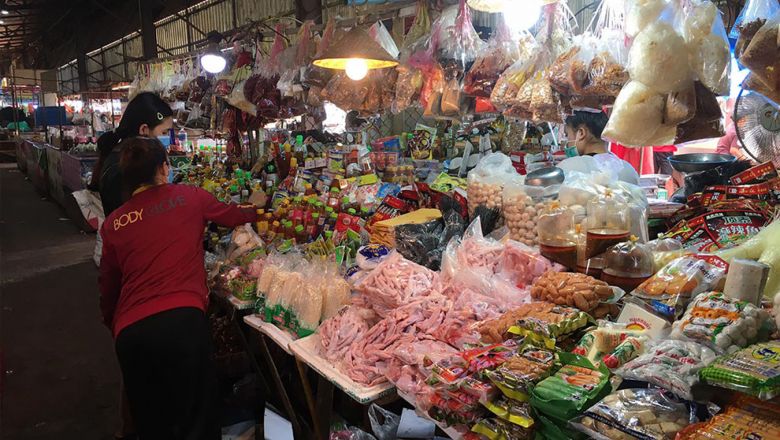Southeast Asia growth to pickup: IMF
Southeast Asia growth to pickup: IMF
Economic growth is expected to accelerate over the short-term in most countries across the region including Laos on the back of robust domestic demand, according to the IMF. The Asia and Pacific region continues to deliver strong growth, in the face of worldwide concerns about growing protectionism, a rapidly aging society, and slow productivity growth, according to the IMF’s latest regional assessment.
The Regional Economic Outlook for Asia and the Pacific estimates growth for the region to increase this year to 5.5 percent from 5.3 percent in 2016. Growth will remain strong at 5.4 percent in 2018, as the region continues to be the leader of global growth.
In China, the region’s biggest and the world’s second largest economy, policy stimulus is expected to keep supporting demand. Although still robust with 2017 first quarter growth slightly stronger than expected, growth is projected to decelerate to 6.6 percent in 2017 and 6.2 in 2018, according to the IMF.
This slowdown is predicated on a cooling housing market, partly reflecting recent tightening measures, weaker wage and consumption growth, and a stable fiscal deficit.
Meanwhile, the IMF projected the Lao economy to grow at 6.8 percent this year which is lower than the previous year due to lower commodity production and stagnant tourism.
In most of the Southeast Asian economies, growth is expected to accelerate somewhat, supported by robust domestic demand - an important driver of growth in these countries.
Meanwhile, growth in Korea is projected to remain subdued at 2.7 percent this year despite the recent pick up in exports, mainly owing to weak consumption.
Larger-than-expected fiscal stimulus in the United States or stronger business and consumer confidence in advanced economies could provide a further boost to Asia’s exports and growth.
Reforms such as productive public investment in infrastructure in Asean and South Asian economies could help prolong the positive momentum.
IMF commented that Asian economies are especially vulnerable to protectionism because of their trade openness and integration to global value chains.
Slow productivity growth is another worry. The region has not been able to catch up to the high productivity levels of countries at the global technology frontier.
Declines in trade and foreign direct investment could also be harmful to Asian economies given their vital roles in transmitting technology and promoting domestic competition.
Laos has been recommended to diversify its economy, not relying only on its resource sector. It’s critical for the nation to improve the business climate along with education and skills development to supply workforce for the industrial sector.
Laos is on the right track to further integrate its economy with Asean nations. However, the country needs to work harder in boosting its productivity to promote exports and change the structure of production towards value added manufacturing and services.
















